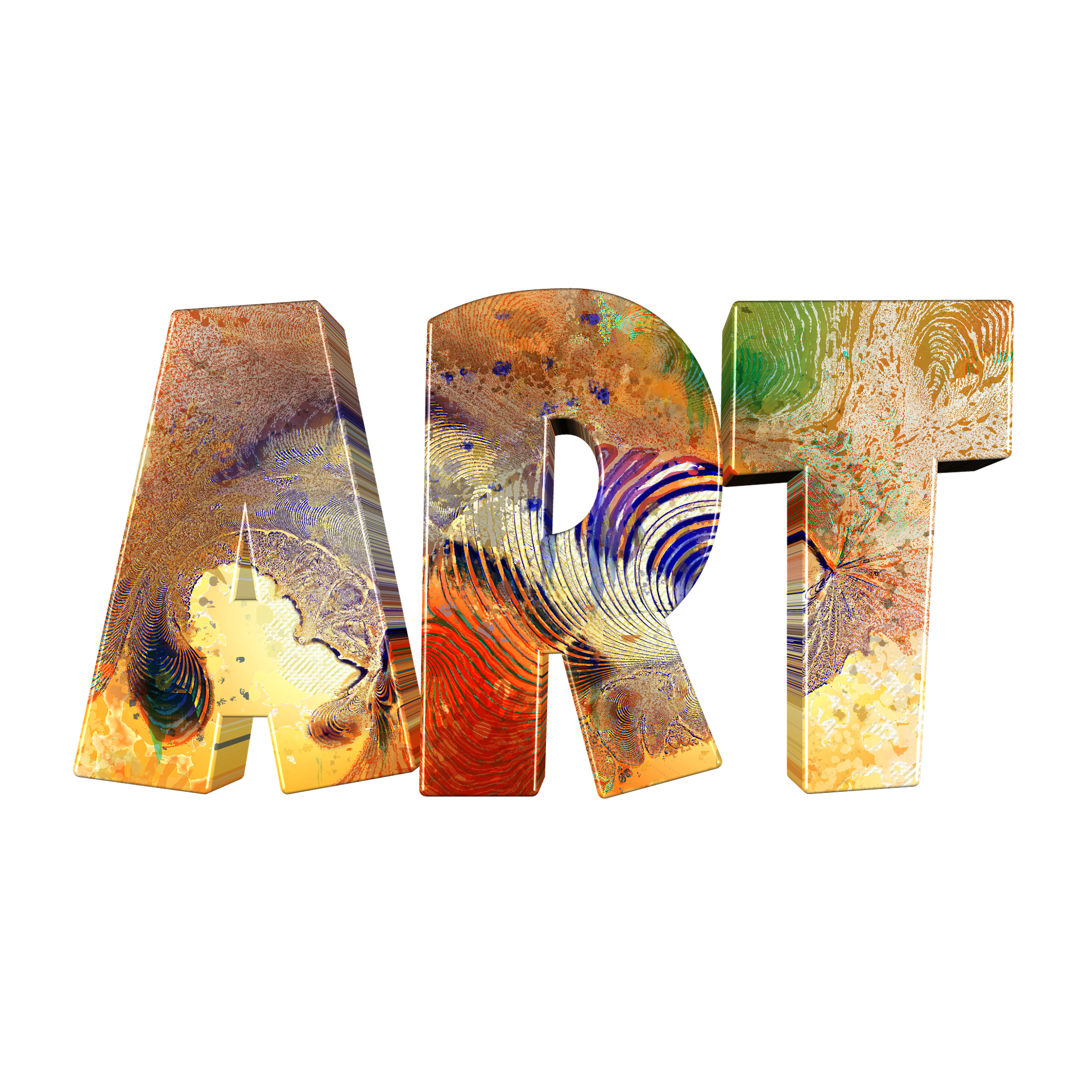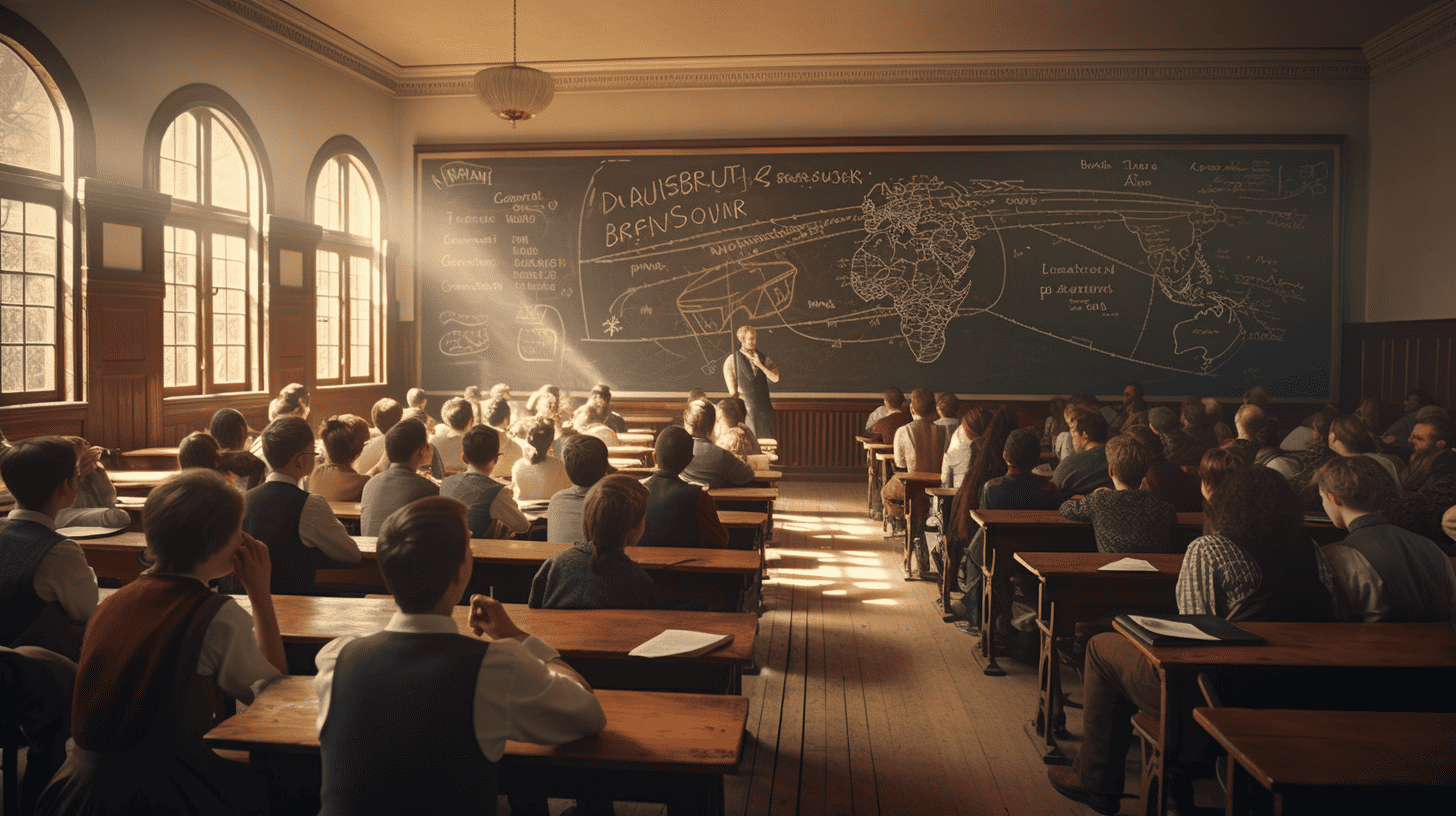
“Okay, Zoomers,” the professor said, “Go ahead, you tell me!” He found the wordplay rather funny … but on the other side of the screen there was hardly any response.
He had been approached by two students who had to write an article about whether computers are capable of being creative. The students were stuck on this. They knew everything about computers, but they got stuck when it came to creativity.
“You studied at the art academy, so we’re assuming that you are creative …” the students had emailed. “We wanted to ask you: What do you think creativity is?” They had added that his answer had to be SMART, as in Specific, Measurable, Acceptable, Realistic, and Time-bound.
The professor had to think it through a bit. He had always been quite suspicious of abbreviations whereby the first letters form a word. But SMART takes the cake in terms of pointlessness. Specific and Measurable should be so obvious and shouldn’t have to be mentioned. But Realistic and Acceptable? Why? And why not add Readable to that?
He had emailed back that there are things in this world that need not be defined and that creativity and SMART are a poor match. He had written that creativity as far as he was concerned was at the basis of science and that without creativity students could not make a substantial contribution to data science.
And he had included the following assignment:
Enter the the word “photo” in your favorite search engine and click on “images.” Take the tenth picture that you see. Then go to Wikipedia, click on “random article” and take the second word from that webpage title. Combine the word and image and turn that into a movie poster. Take 15 minutes to do this.
He doubted that he would ever hear back from the students after that.
But now he was in a Zoom session with NextGenJohn and Wendy96, two students he had never met before.
“Well,” said NextGenJohn, who by the looks of it was lying on a hammock in the garden, ‘I didn’t think creativity was that easy’.
”I suspect creativity is similar to making associations,” the professor said, “by connecting things that help you to look at the world in a different way.”
“Just like ‘OK Zoomer sounds like OK Boomer,’ replied Wendy96, who appeared to be sitting on a tropical island. Undoubtedly due to a virtual background.
”Something like that,” replied the professor. Behind him stood a washing machine in full view.
“I could write a software program that can find words that are very similar to each other,” Wendy said. As she leaned back, her shoulders faded away into the background and she became a floating head on a tropical island.
“But you can also put things together that don’t actually belong together, couldn’t you?” John asked. He did not transform into a floating head.
“Sure,” said the professor. ”In 1917 Marcel Duchamp placed a urinal in a museum. It caused a furor, but was eventually chosen as the most influential work of art of the 20th century.”
John thought this was “Awesome!”
Wendy now had her shoulders back, fortunately. ”I’d rather have used the ninth picture from Google than the tenth,” she said, ‘because that actually fitted better.”
“Better how?” John asked.
“Better as a movie poster,” she replied.
“The relationship between form and content is what you make of it” the professor had once read. It had been on the wall of a men’s toilet at a pub and he had never understood what was meant by it. “Isn’t that exactly what creativity is all about?’ he asked. “About the relationship between form and content?
Wendy had to think for a moment, ‘We as human beings may understand this relationship, but computers don’t.
“Not yet,” John said.
“Not yet,” Wendy agreed.
Two weeks later, the professor received an article titled Artificial Creativity. It described how software can be programmed to make associations by bringing (unexpected) things together, based on similarities. But it also described how creativity is defined by the relationship between form and content and that this is not something that can be programmed in software. Not yet.
The professor read the article with some pride. He had learned a lot from NextGenJohn and Wendy96. Moreover, the article wasn’t SMART; but it was Readable.
Read all previous columns by Peter de Kock on Innovation Origins here.
About this column
In a weekly column, alternately written by Hans Helsloot, Eveline van Zeeland, Jan Wouters, Katleen Gabriels, Mary Fiers, Peter de Kock, Tessie Hartjes and Auke Hoekstra, Innovation Origins tries to find out what the future will look like. These columnists, occasionally supplemented with guest bloggers, are all working in their own way on solutions for the problems of our time. So tomorrow will be good. Here are all the previous IO episodes.








